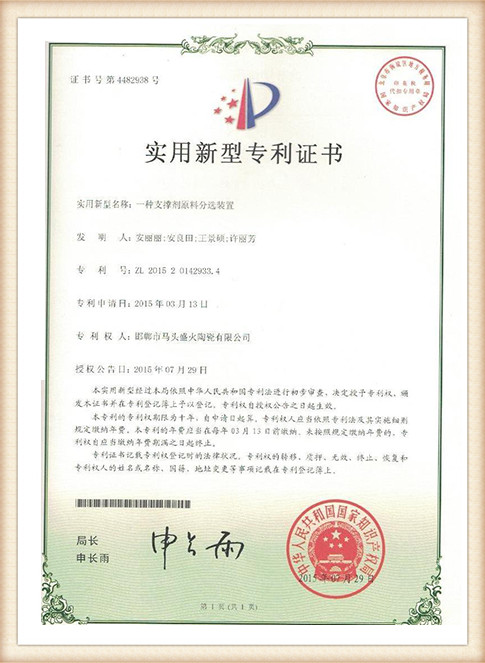Is Sand Casting Sustainable?
Sand casting is one of the oldest and most widely used metal casting processes, garnering attention for its simplicity, cost-effectiveness, and adaptability across various industries. However, as global concerns regarding sustainability and environmental impact intensify, the question arises is sand casting a sustainable manufacturing method?
The Process of Sand Casting
Sand casting involves creating a mold from sand, into which molten metal is poured to create a desired shape. The molds are often made from silica sand, which is mixed with a binding agent and water. Upon solidification of the metal, the sand is broken away to reveal the cast part. This process is admired for its versatility, as it can be used to produce a wide range of materials and complex geometries.
Environmental Impact
1. Resource Consumption The primary raw material in sand casting, silica sand, is abundant. However, the extraction of sand can lead to significant environmental issues, including habitat destruction and loss of biodiversity. While silica sand is not as critically scarce as some metals, unsustainable mining practices nonetheless pose a threat to ecosystems.
2. Energy Use The melting of metals requires high energy inputs, often sourced from fossil fuels, contributing to greenhouse gas emissions. As industries push for cleaner alternatives, the energy consumption of sand casting processes must be evaluated. There’s growing interest in using renewable energy sources and improving energy efficiency in metal casting operations.
3. Waste Generation Though sand is reusable, the process generates waste materials that need to be managed. Spent sand, which can contain chemical binders and other contaminants, may pose disposal challenges. Recycling efforts are underway in many foundries, but the effectiveness of these systems varies.
Advantages of Sand Casting
Despite its challenges, sand casting has several sustainability advantages
is sand casting sustainable

1. Reusability of Sand The sand used in casting can be recycled and reused multiple times, reducing the demand for new materials. Innovations in foundry technology continue to enhance the usability of spent sand.
2. Diverse Applications Sand casting can be used to produce a vast array of products, from automotive components to artistic sculptures. Its ability to cater to low-volume and high-complexity production makes it an attractive option for small businesses seeking to minimize waste through lower production runs.
3. Local Production Sand casting can be localized, allowing for manufacturing closer to the point of consumption, thus reducing transportation emissions. Local foundries often have a smaller carbon footprint compared to large-scale mass production facilities.
Innovations Towards Sustainability
Several advancements are paving the way for more sustainable sand casting practices
1. Alternative Materials Research into sustainable binding agents and new sand alternatives, such as synthetic sands and biodegradable binders, aims to minimize environmental impact.
2. Energy Efficiency Foundries are looking into technologies that optimize melting processes, such as induction heating and furnaces that operate on renewable energy sources, which could reduce the carbon footprint of sand casting.
3. Waste Management Improved methods for managing and recycling waste materials produced during the casting process are critical. Innovations in recycling technologies can lead to more efficient reuse of materials and lower environmental repercussions.
Conclusion
In conclusion, while sand casting has its environmental challenges, its potential for sustainability cannot be overlooked. The reusability of materials, adaptability, and ongoing innovations provide a pathway toward a more sustainable future. The key lies in addressing its shortcomings by adopting greener technologies, improving waste management practices, and utilizing alternative materials. As industries continue to pivot towards sustainable practices, sand casting can play a crucial role in achieving a balance between production and environmental responsibility. By fostering innovation and committing to more sustainable practices, sand casting can indeed be a viable option in the green manufacturing landscape.
Post time:डिसेंबर . 05, 2024 15:22
Next:sand and polish resin
